All about compost

In order to increase the fertility of the soil, the land must be fertilized - every gardener knows about this. But the choice of these very fertilizers and their dosage is not an easy task.
Compost is considered the most affordable and simple top dressing that provides land enrichment and good nutrition for the crops grown.

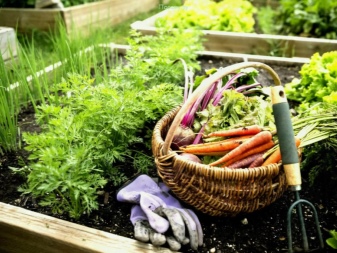
What it is?
Compost is an organic, sustainable fertilizer. Its preparation is based on the process of overheating and decaying plant residues with the participation of fungi, bacteria, and insects. Compost is a loose brown mass. It contains a large amount of phosphorus, nitrogen, potassium and some other micronutrients and macronutrients that are easily absorbed by plants.

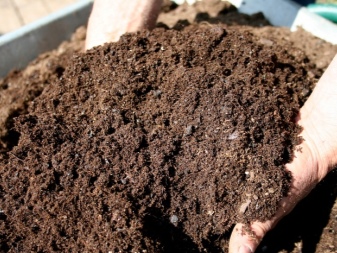
Types by composition
Depending on the composition of the compost heap, fertilizers are conventionally divided into several varieties:
- Peat-fecal - compost based on peat and sewage. It is the fastest-acting type of feeding, contains a high concentration of nutrients, therefore it is used in a strictly metered manner. For neutralization, lime can be added to it at the rate of 500 g per 10 kg. Cooking time - at least 3-5 years. It is used exclusively in horticulture; it is not laid on vegetable beds.
- Lignino-litter - includes poultry manure and lignin (waste from the woodworking industry). It prepares quickly, it takes only 6 months to bring to the desired consistency. With prolonged storage, it degenerates into humus.
- Lignin-mineral-manure - for the preparation of such a compost, ammonium sulfate, phosphate rock, superphosphate, as well as potassium chloride are added to lignin. The mass heats up to 50 degrees, after which manure is added to it. After 2-3 months, such compost is completely ready for use. Recommended for use on poor soils.
- Foliar - is a mixture of sod land with leaves, peels and household waste of natural origin. To speed up the heating, add a little wood ash and manure. The compost is overheated during the autumn-winter period. On such a heap, pumpkin or zucchini are usually planted in spring - the vegetables will prevent the compost from drying out and contribute to the rapid decomposition of residues. In autumn, such compost is sieved and used for mulching.
- Sawdust-sod - such compost is prepared in layers of sawdust, household waste and sod land. Each layer is thoroughly impregnated with a urea solution or mullein. It takes at least 2 years to prepare the compost of the required composition, since the sawdust takes a very long time to decompose. To speed up the process, the compost heap is shoveled and moistened from time to time.
- Peat and dung - basic fertilizer based on manure and peat, taken in equal parts. It is used as the main fertilizer to increase soil fertility. Stays within the winter, in layers. For a more balanced composition, the workpiece is mixed with superphosphate or other phosphorus fertilizers. The compost is prepared for at least a year, it is applied to the ground before the autumn plowing of the soil.
- Prefabricated garden compost - fertilizer based on crushed plant residues, leaves and food waste.
It is considered the easiest to prepare.Has a balanced composition, suitable for any plants.

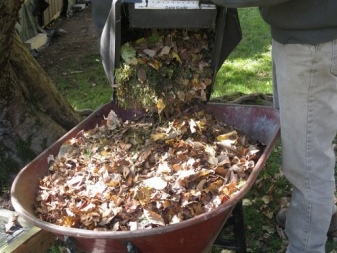
What's the difference with humus?
Gardeners and summer residents often confuse compost and humus. Indeed, these fertilizers are used to increase soil fertility. but humus is made entirely from dung or manure, and for compost they take everything that a gardener can find - most often these are plant residues. Initially, the compost contains more useful ingredients, but due to the long maturation, their value is not preserved.
Both compost and humus have the same effect on the soil. It is necessary to make a decision on the use of a particular fertilizer based on the characteristics of the finished product. So, if the compost is not ripe, then it is better to use humus. And if the humus is of poor quality, the best solution would be to use compost. But manure differs from compost radically, they are completely different substances. In the garden, preference is usually given to properly diluted manure over poorer compost.
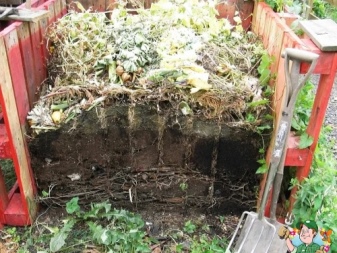
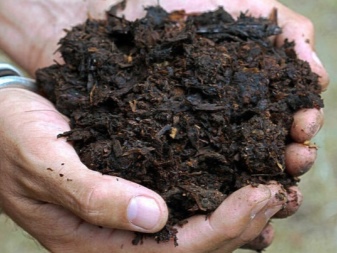
What can be made of?
Any compost includes two main components - nitrogen-containing and carbonaceous.
The first category includes:
- bird droppings;
- herbivore manure (sheep, goats and cows);
- grass;
- peeling fresh vegetables and fruits, banana peel;
- moss;
- seaweed;
- peas, alfalfa or clover;
- hair and wool;
- kitchen waste (sleeping tea, coffee).

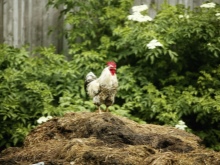
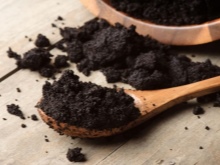
The second category includes:
- dry fallen leaves;
- small chips and sawdust;
- cones and pine needles;
- chopped oak bark;
- tops and roots of weeds;
- cut grass;
- shell of eggs;
- branches after pruning fruit trees;
- cardboard, paper.
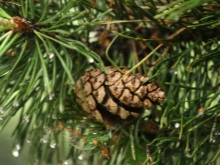
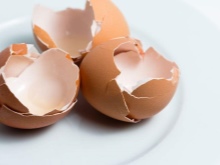
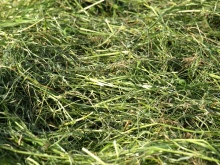
Nitrogenous ingredients are called green, they are soft and moisturized. Carbonaceous - yellow-brown, dry and hard. When placing compost, it is important that both layers alternate to ensure oxygen flow and speed up the production of mature compost.
Organic waste is processed in different ways. So, nitrogen components tend to generate heat, so decomposition proceeds rather quickly. Carbonaceous compounds contain oxygen, and when they decay, they absorb nitrogen. If both ingredients are taken in equal amounts, then the necessary balance will be observed.
Between the layers, you can put a little manure, poultry droppings or a fermentation stimulator.
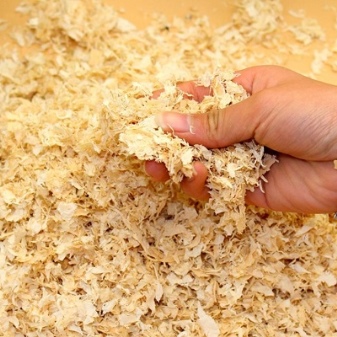
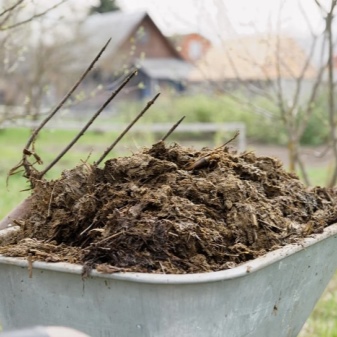
What cannot be added?
List of prohibited additives.
- Leaves, stems and cut branches of diseased plants. During their decomposition, pathogenic fungi and bacteria retain their viability and subsequently become a source of infection for cultivated plants.
- Thick branches, as well as branches of conifers, will rot for a very long time, thus delaying the formation of compost.
- It is not necessary to add dry foliage of the current season to plant residues. It is advisable to place it in a dark plastic bag, make several holes in it for ventilation, and introduce it into the compost after overheating.
- Perennial roots of weeds and inseminated weeds.
- Waste after treatment with pesticides, as they will destroy all useful microflora.
- Plastic, glass, tallow, grease and other long-decaying residues.
- Coated paper and pieces of fabric, especially dyed.
- Human feces and carnivore waste - worms are often present in them.
- Residues of meat and dairy food - they rot for a long time and, during decomposition, cause a very unpleasant odor.
- Peels of oranges, tangerines, lemons and other citrus fruits - they are dangerous for earthworms and beneficial bacteria.
- It is not recommended to put tomato and potato tops from plants in the composter, as well as foxglove and aconite - they contain toxic substances. During the decomposition of the compost, they kill beneficial microorganisms, so composting is much slower.
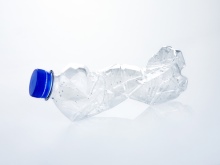


What can organics be composted in?
Waste composting is the processing of organic residues into fertilizers. In order for the process to be as efficient as possible, the presence of:
- oxygen - to oxidize hydrogen and maintain the decomposition process;
- moisture - the compost heap should always be well moistened;
- drainage - used to maintain adequate moisture levels.
The most effective reheating of residues occurs in a special composter - a barrel, tank, container or box. Composters can be presented in several manufacturing options:
- wooden - they are highly oxygen-permeable, but they need to be well moistened;
- metal - capable of retaining moisture;
- plastic - protect plant residues from direct sunlight and lower temperatures, you can use the walls of the greenhouse.
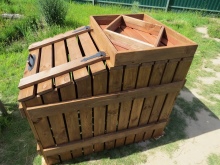
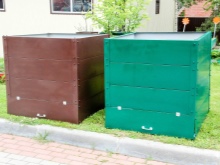
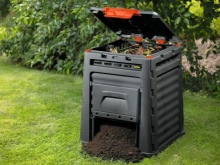
Each composter should have a cover, air circulation holes and holes for excess moisture to drain. Using a composter has its advantages:
- compactness;
- protection against pests and weeds;
- resistance to frost, rain and other adverse weather conditions;
- good thermal insulation in the cold season;
- increasing the speed of composting;
- increasing the nutritional value of the ripening mass;
- balanced composition, presence of nitrogen and phosphorus in optimal concentration.
Experienced gardeners use advanced composters with a shredder function. The plant base in them is ground and combined with earthworms. At the exit, after overheating, vermicompost of the highest quality is obtained. In any store for summer residents, they sell ready-made composters.
The best solutions are offered by the Kekkila Group, Graf Thermo-King and the Russian manufacturer Volnusha.
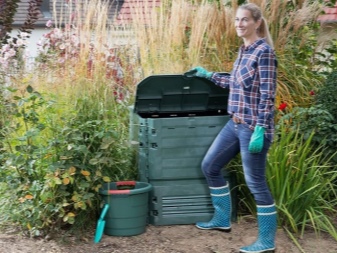
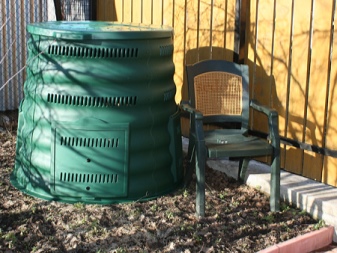
If you have some working skills, the composter can be assembled by hand. To do this, you will need a wooden bar 5 cm thick and boards 2-2.5 cm thick.
- The material is impregnated with fungicidal preparations that protect the wood from decay.
- Columns are made from a bar, they are dug into the ground and fixed with cement.
- With the help of boards, side walls are built, then the front and back. The walls can be made of stainless mesh, but it is better to build partitions from boards with a small gap of 1.5-2 cm for oxygen access.
- For convenience, the front wall is shortened slightly so that the hinged door lies at a slight angle.
- A door or windows are formed on the side panel - this will facilitate the extraction of the finished fertilizer.
Usually a composter is made of 3-4 sections. In one, plant waste is only laid, in the other the process is already in full swing.
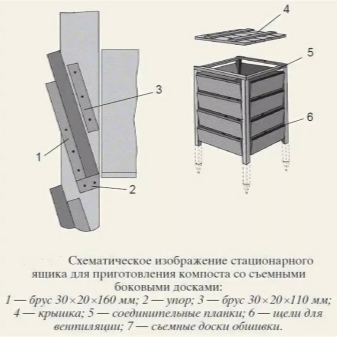
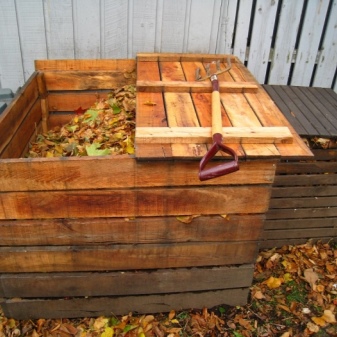
Mandatory conditions for composting
For effective composting, in addition to the original components, the presence of water, bacteria and oxygen is required.
Temperature
Compost is formed in a warm environment, so the pile should be protected from freezing. However, it is not recommended to allow excessive heating. At temperatures above 60 degrees, all beneficial microorganisms die. The optimal level is considered to be 28-40 degrees.
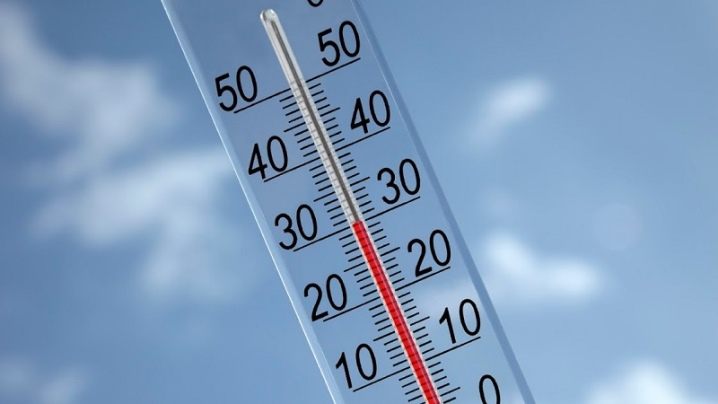
Watering
The moisture content of the compost heap should be approximately the same as that of a slightly wrung-out sponge. In accordance with the technology, the humidity level must correspond to 50-70%. Overdried raw materials do not decompose, and excessively waterlogged raw materials cakes. In either case, the composting process is suspended.
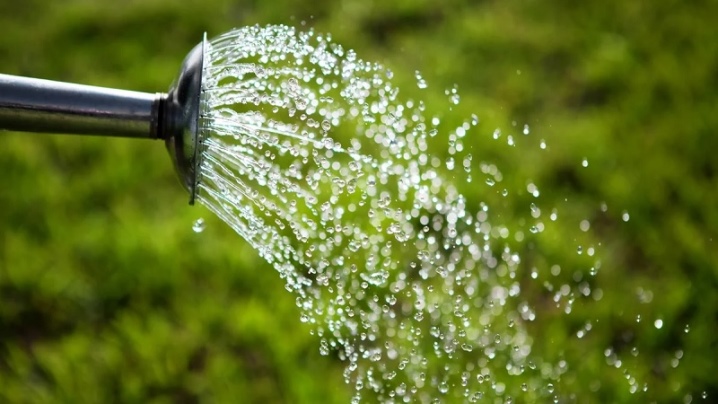
Mixing
In warm and dry weather, the compost should be watered. With excessive moisture, it must be periodically stirred, since oxygen must exist in the organic substance for the effective decomposition of plant waste. To achieve uniform preparation of the fertilizer, you should shovel the contents of the heap with a turner at least once every 10-14 days. In this case, the mass located at the bottom is moved upward, and plant residues from the edges to the middle. The more often you do this work, the sooner the decomposition will go.
Insects, as well as earthworms and microorganisms, are an obligatory participant in composting. Their presence ensures the release of heat, and the plant base is actively decomposed. It is advisable to place the compost heap in the farthest corner of the cottage. The place should be slightly darkened, as direct UV rays slow down the process of overheating.
Do not place the compost near trees. In this case, their root system will quickly change the direction of growth in the direction of the nutrient mixture and begin to pump out all useful micro- and macroelements from it in huge volumes.

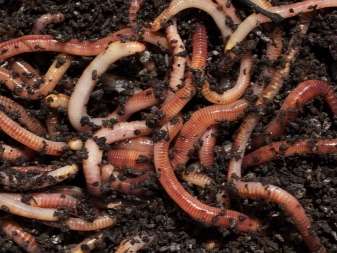
The compost can be arranged in an ordinary pit, the main thing is that air and moisture get to the plant residues. The larger and fuller the pit, the faster the compost will mature. It is advisable to prepare a depression with parameters 1.5x2 m with a depth of about 1 m. The compost heap can be arranged on the surface of the soil as well. All components of the compost are laid in layers, and on top of the raw materials are sprinkled with earth or covered with a dense layer of hay or straw. Polyethylene is not worth taking, since it does not allow air to pass through. In the absence of oxygen, the contents of the composter do not overheat, but become rotten.
Compost is considered mature when it exhibits the following properties:
- loose consistency;
- the shade becomes dark brown;
- the smell resembles moist earth.
In addition, in the finished compost, it is impossible to consider the individual components of the compost raw materials - stems, leaves, skins. Mature compost looks like fertile soil.


Problems sometimes arise when the compost matures.
- The appearance of ants. This directly indicates that the compost raw material is dry, and the overheating of plant residues is too slow. Intensive hydration and regular shoveling can cope with the problem.
- Unpleasant odor, mucus. These are signs of over-adding soft plant debris to the original heap. To remedy the situation, when shoveling, you need to add thin branches, dry leaves and straw to it.
- Mushroom gnats. Small midges swarming over the compost heap appear due to the waterlogged substrate. These insects live in all compost heaps, without exception, so you should not worry if their number is small. But if there are too many of them, then it is better to dry the compost slightly. To do this, in dry weather, it is left open for a while and mixed with river sand, sawdust and other dry material.
The absence of visible changes indicates a lack of wet material. In this case, you can add some potato peelings, rotten apples, grass cuttings to the compost contents, or simply sprinkle with water.
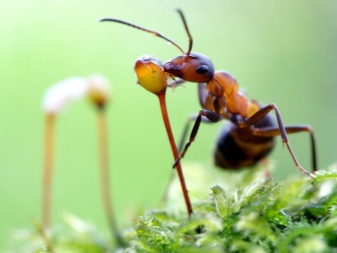

How to speed up the process?
To speed up the overheating of plant residues, bioactive preparations can be used. Accelerators Baikal-Em, Unique-S, and also Shining have good efficiency. They do not contain chemicals, but they are composed of a huge number of bacteria that accelerate the decomposition of waste. You can prepare a special infusion at home. To do this, 5-6 parts of succulent grass are mixed with 2 parts of poultry droppings and dissolved in 20 parts of warm water, infused for a week and moistened a bunch.
Yeast is considered another effective remedy. Dissolve 1 tbsp in 1 liter of warm water. l. dry yeast and 200 g of sugar. The composition is mixed, left for a few minutes, and then poured into a heap.
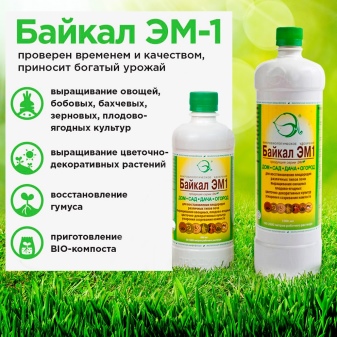
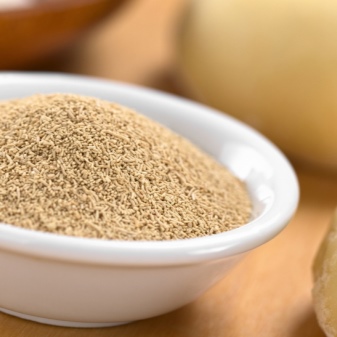
Application Tips
Ripe compost is introduced into the soil in the same dosages as manure - at the rate of 20 kg per 1 m2 of plantings. This top dressing is carried out in spring or autumn for digging, and is also scattered over a newly plowed field. Compost is introduced into the holes when planting trees and shrubs, and is also often used for mulching plantings.
From compost, which has matured for only a couple of months, you can prepare a nutritious liquid top dressing at the beginning of September. To do this, fill the bucket 2/3 with unripe compost and fill it with water, cover it, put it in a sunny place and leave it for 2-5 days. This solution is watered with legumes, tomatoes and cucumbers. When preparing a site for wintering, unripe compost can be added to clay soils. During the winter, organic matter continues to rot and by the spring makes the substrate nutritious.
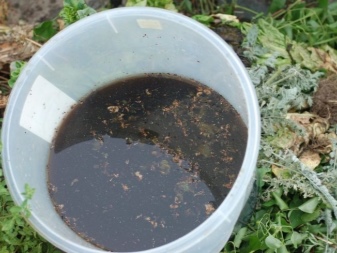

The compost of the first year contains a lot of nitrogen, so such fertilizing is undesirable for plants that tend to accumulate nitrates - radish, lettuce and spinach. The two-year-old compost is ideal for crops that require the presence of beneficial micro and macro elements - pumpkin, cucumbers, cabbage and celery. In conclusion, we note once again that the matured compost not only enriches the soil and increases the yield, but also increases its moisture capacity, loosens and structures.
Compost can be used as mulch and as a covering material in cold winters - it protects the roots of trees and shrubs from frost. Most importantly, this fertilizer belongs to the “all-from-nothing” category.
Gardeners and horticulturists reap a double benefit. They dispose of weeds, grass, household waste, food leftovers and fallen leaves, and at the same time receive cheap and valuable fertilizer.


For information on how to make good compost correctly, see the next video.













The comment was sent successfully.